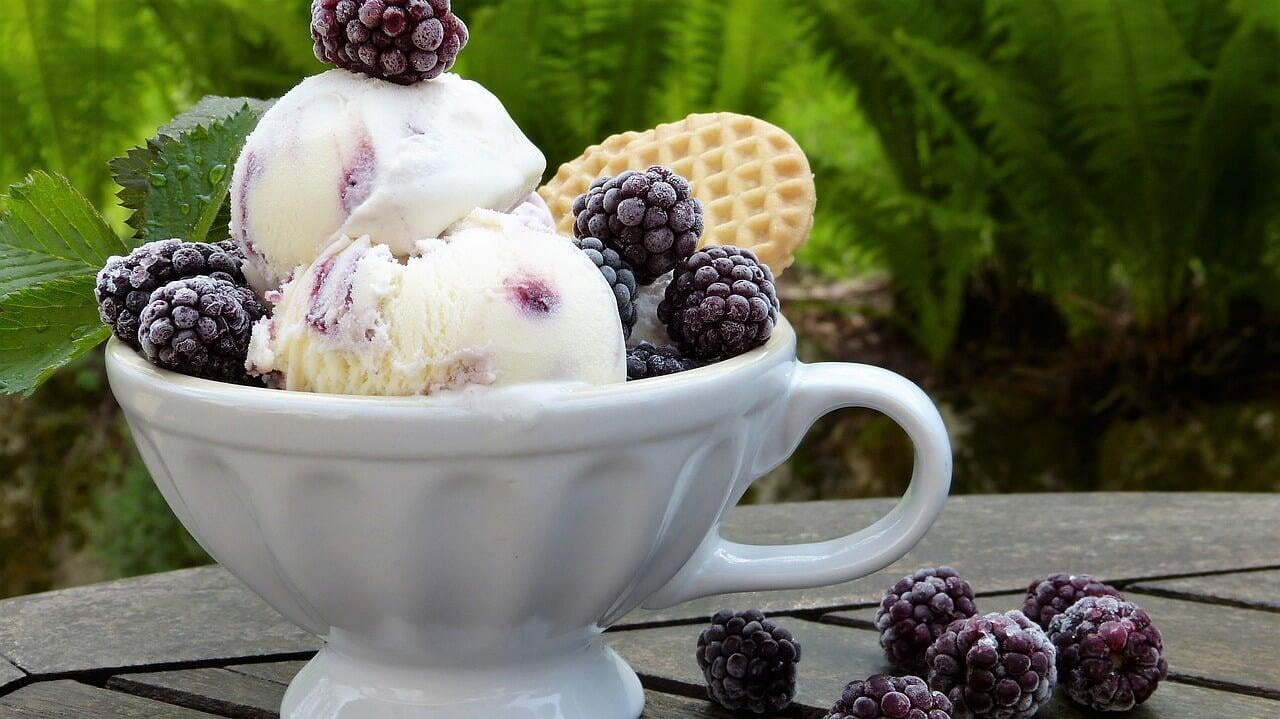In recent times you may have come across the debates around labelling and advertising of ice cream vs frozen desserts. Now that the law has given a clear mandate on which products should be labelled as ice cream and which products as frozen desserts, you may be feeling assured that all the information is out there now, fair and square. Well, you are in for a surprise. But before broaching the subject, let's understand what goes into making ice cream and what are the adulterants typically added to it.
Ingredients used in making Ice Cream
The ingredients that go into making ice cream are milk fats, non-fats milk solids (lactose, casine, minerals, vitamins, enzymes, etc.), sweeteners, stabilizers, emulsifiers, water, flavours, colours, and fruits.
Adulterants added in Ice Cream
Ice-creams are adulterated by using non-standard or inferior ingredients. The additives used in ice cream are:-
- Low quality, cheaper and unhealthy (rather more harmful) sweeteners like Corn syrup, high fructose corn syrup, glucose syrups, etc.
- Unhealthy gums added to increase the thickness of ice cream, impart a creamy texture, delay melting time due to added stickiness, and increased shelf life.
- Detergents or washing powder to improve smoothness and induce frothing thereby adding to the volume.
- Low-grade or non-food colors.
- Unhealthy hydrogenated fats like vanaspati or dalda.
- Using lesser than mandated amount of milk solids and non-fat milk solids.
How to check for adulteration in Ice Cream at home?
Ice Cream vs Frozen Desserts
Back to the discussion on frozen desserts vs ice cream. As per regulations in India, to be classified as ice cream, the product should contain at least 10% milk fats. Does that mean frozen desserts does not have milk (just like the Amul's campaign will want you to believe)?
- Amul: Roasted Almond Milk Solids, sugar, flavours, emulsifiers, and stabilizers
- Kwality Walls: Kesar Pista Milk Solids, sugar, flavours, emulsifiers, stabilizers, edible vegetable fats, and glucose syrup
- Nandini: Mango Milk Solids, sugar, flavours, emulsifiers, stabilizers, and milk
- Nandini: Cassatta Milk Solids, sugar, flavours, emulsifiers, stabilizers, and glucose syrup
You will observe that all of these contain milk solids, thus if the propaganda campaign leads you to believe that frozen desserts do not have milk, do not trust them blindly. Read the labels.
The question, which is still unanswered is if both have milk, which one is better, the one with milk fat or the one with vegetable fat. Am not qualified to answer this. As a matter of preference, I would prefer milk fats. However, Unilever has tried to shed light on this aspect through an educational campaign countering Amul's campaign. You can read the Kwality wall campaign here.
Though the link addresses the question about the presence of milk in frozen desserts and why they think using vegetable fat is healthier than using milk fats. The article is still biased on a few counts, viz:-
- It gives the example of countries like Indonesia which do not differentiate between frozen desserts and ice creams, but it does not talk about countries like the US, which do.
- It does not talk about the cost dynamics of vegetable fats vs milk fats (vegetable fats costs less than half of milk fats).
Parting Tip
Another thing you might have noticed (while reading the labels above) is that none of the company gives actual percentages of different ingredients. Does the non-solid milk fats constitute 5% or 50% of the product?
Given that the US Department of agriculture mandates a minimum of 10% milk fats and 6% non-milk fats for a product to be classified as ice cream, my best guess is that both ice creams and frozen desserts being sold in your neighbourhood may not contain more than 20% of milk in total (including solid and non-solid milk fats).
Thus, if you are one of those parents who happily give ice creams to their kids since it has milk, you will be better off making it at home than choosing one from the shelf.
Stay Informed. Stay Safe!
